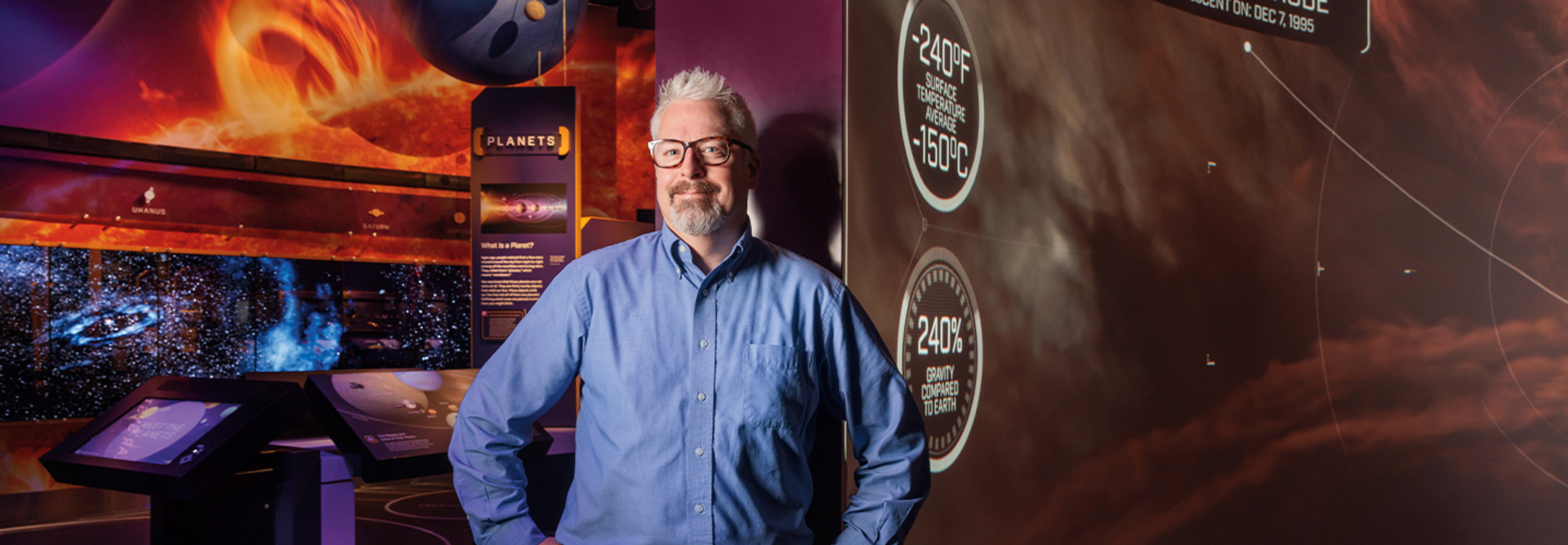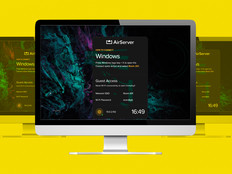“You literally feel like you are on the surface of another planet. It’s extremely high resolution,” Van Ness says.
Federal agencies are increasingly deploying digital signage to inform and engage the public, but also for internal communications, says Brian Gorg, executive director of the Digital Signage Federation.
The use case for digital signs depends on each agency’s mission. The Transportation Security Administration, for example, uses digital signs at Harry Reid International Airport in Las Vegas to provide instructions at security checkpoints, enabling a faster and smoother screening process.
Federal government operations or command centers — such as the Department of Defense’s emergency operations centers, the Federal Aviation Administration’s Air Traffic Control System Command Center and NASA’s Johnson Space Center Mission Control Center — also use digital monitors to display real-time information, which assists with decision-making.
Agencies also use digital signage for workforce engagement, much like the private sector does, Gorg says.
“It’s being used in the same way as corporate communications,” he says. “There may be an open enrollment for benefits that promote healthy lifestyles or messaging to the workforce that reinforces things such as COVID-19 compliance.”
EXPLORE: How America’s airports defend against cyberthreats.
How the National Air and Space Museum Is Transforming
The National Air and Space Museum is redesigning its 23 D.C.-based exhibits and presentation spaces (it has a second site nearby in northern Virginia) and plans to complete the project in 2025.
Once done, the museum on the National Mall will feature about 40 digital signs for general information and nearly 500 digital displays in exhibits. About half have already been installed, Van Ness says.
To bolster performance and meet high-bandwidth needs, the museum first installed fiber and new Cisco networking switches throughout the building. The staff also built a new server room with high-end Dell servers and storage.
Combined, the new technology infrastructure enables the museum to quickly deliver high-quality, uncompressed video and audio to digital displays throughout the museum, he says.
Nearly all the displays have 4K resolution; museum staff members reserve regular HD screens for older photos that aren’t as sharp and won’t benefit from the higher-end displays. “We make sure visitors get the best possible experience,” Van Ness says.
The museum uses multiple hardware and software vendors for its digital signage needs, including Elo, which makes touch-screen displays; Carousel Digital Signage software for creating and delivering content to digital signs; and Panasonic laser projectors with short throw lenses for a fully immersive experience, Van Ness says.
The museum also deploys Planar’s tiled LED video walls and Christie’s custom LED displays, media servers and software for other large, multi-display, high-resolution needs, he says.












